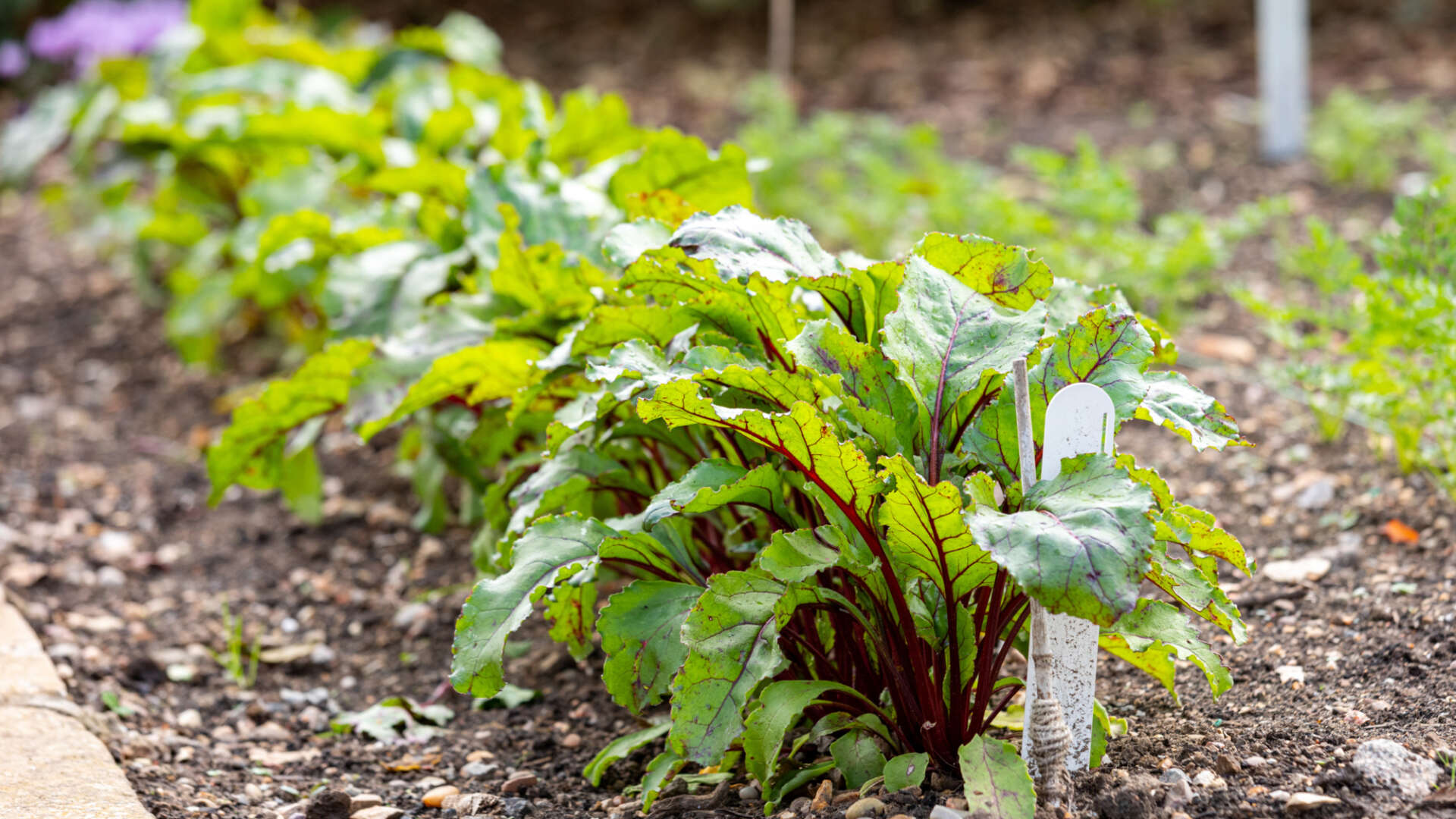How to grow vegetables and herbs
Planning your planting

Crop rotation is when you grow different vegetable plants on different parts of your garden or plot each year. It can be beneficial for both the soil and combatting pests and diseases. Here are 3 Easy Steps to follow.
An annual planting 'shift around' helps you growing space in many ways:
- It maintains good soil structure. Deep rooting plants such as carrots and parsnips will open up the soil for shallow-rooted salads next year.
- It helps you use precious compost most effectively. Just feed the hungry plants (brassicas) and then there's no need to feed that area when you plant non-hungry plants (carrots, peas, and beans) the following year.
- It helps to control weeds. Mix your planting so that larger-leaved veg can cover the soil, preventing weed seeds from germinating
- And finally, it prevents a build-up of pests and diseases. If you keep growing the same plants in the same place, year on year, there is a risk that diseases will build up in the soil, infecting next year's crop. Move them around the plot so that their specific diseases such as blight or club root have time to die off.
Maybe you'd like to try a 4-year rotation?
It looks a little more complicated, but that's because it includes what to grow over winter. It also tells you when to apply compost and grow green manures.
Have fun devising your own rotation. You can choose the veg you enjoy eating and growing.
- Divide your growing area into four or more sections.
- Sort your crops into families (see below).
- If you keep the plants in the same families together (such as potatoes and tomatoes), but move them around the different sections each year, you will have a successful crop rotation.
Vegetable Families
- Alliums: Onion, garlic, shallot, leek
- Brassicas: Brussels sprouts, cabbage, cauliflower, kale, kohl-rabi, oriental greens, radish, swede, and turnips
- Cucurbitaceae: courgettes, marrows
- Legumes: Peas, broad beans, French and runner beans
- Solanaceae: Potato, tomato
- Roots: Beetroot, carrot, celeriac, celery, Florence fennel, parsley, parsnip (nb swedes and turnips are brassicas)
Join Garden Organic!
By becoming a Garden Organic member you can join thousands of people who are already leading the movement for an organic and sustainable future for us all. And get great member benefits!
Join today